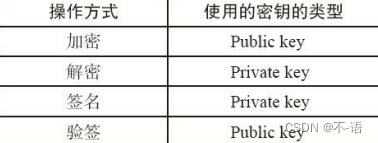A binary number is a number expressed in the base-2 numeral system or binary numeral system, a method of mathematical expression which uses only two symbols: typically “0” (zero) and “1” (one).
The base-2 numeral system is a positional notation with a radix of 2. Each digit is referred to as a bit, or binary digit. Because of its straightforward implementation in digital electronic circuitry using logic gates, the binary system is used by almost all modern computers and computer-based devices, as a preferred system of use, over various other human techniques of communication, because of the simplicity of the language and the noise immunity in physical implementation.[1]

Contents
1 History
1.1 Egypt
1.2 China
1.3 India
1.4 Other cultures
1.5 Western predecessors to Leibniz
1.6 Leibniz and the I Ching
1.7 Later developments
2 Representation
3 Counting in binary
3.1 Decimal counting
3.2 Binary counting
4 Fractions
5 Binary arithmetic
5.1 Addition
5.1.1 Long carry method
5.1.2 Addition table
5.2 Subtraction
5.3 Multiplication
5.3.1 Multiplication table
5.4 Division
5.5 Square root
6 Bitwise operations
7 Conversion to and from other numeral systems
7.1 Decimal to Binary
7.2 Binary to Decimal
7.3 Hexadecimal
7.4 Octal
8 Representing real numbers
9 See also



















